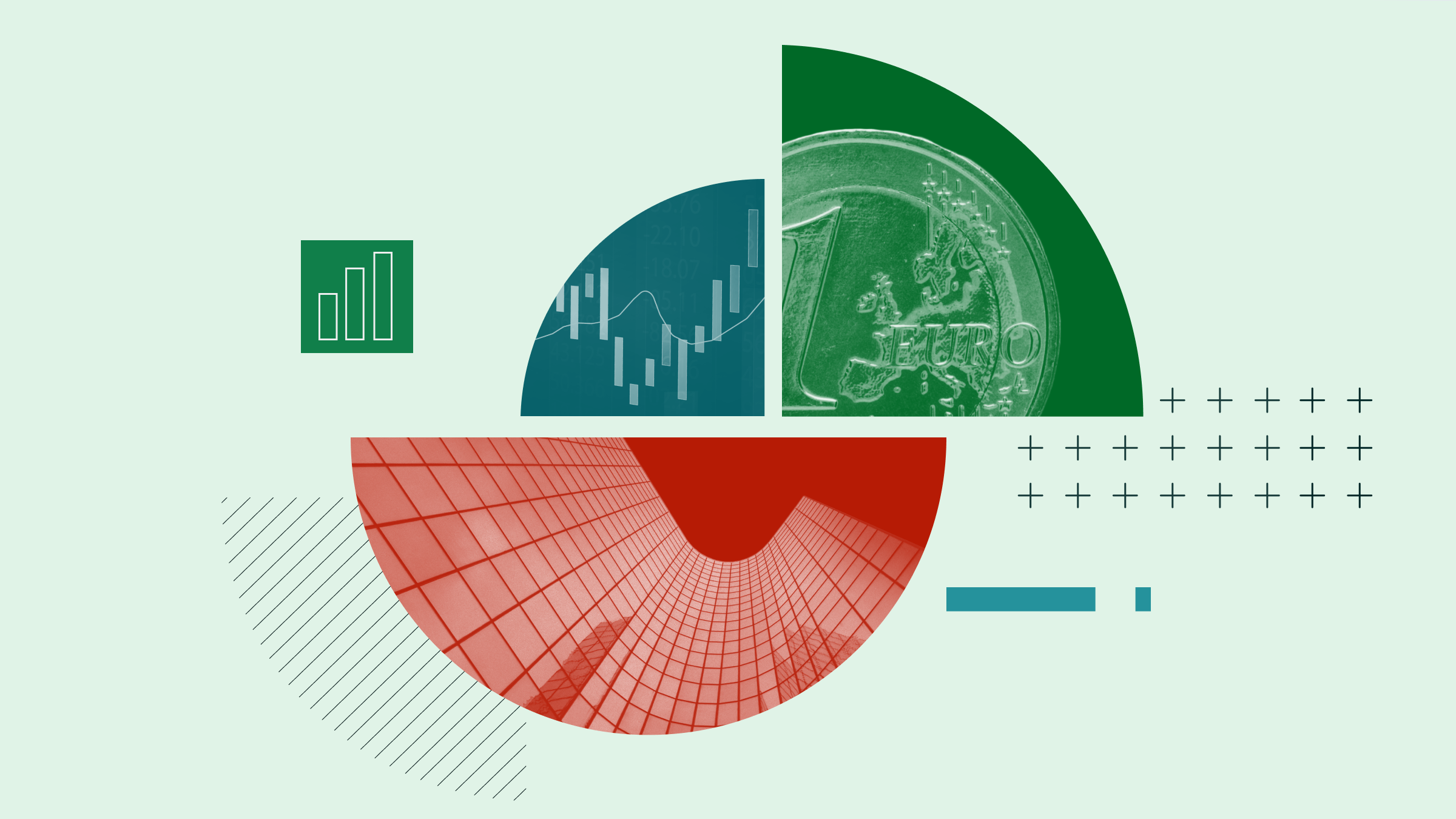Jeremy Glaser: For Morningstar, I'm Jeremy Glaser. As expected, the Fed raised interest rates for the first time in a year. I'm here with Bob Johnson, he is our Director of Economic Analysis, to see what impact this is going to have and what we should expect for future rate increases?
Bob, thanks for joining me.
Bob Johnson: It's great to be here today.
Glaser: So, no big surprises in the statement. We're up 25 basis points. Was there anything at least in the statement that did catch you off-guard in any way?
Johnson: No, I think, it was really pretty much down the middle. I mean, I think, the street certainly felt just a little bit surprised that the so-called dot plots that shows where all the various governors felt we would have rate increases over the next year and it seemed to indicate we'd have three instead of two.
Again, that's not their policy goals, or the official – that's averaging a bunch of people's private opinions. And I think that clearly surprised a few people. I don't think it was really a big surprise to us. But now, they are clearly thinking about three rate increases instead of two and I think that's why we've had a little bit of a sell-off today.
Glaser: Given your take on the economy and what do you think the Fed's taken the economy in terms of inflation and what's happening with employment, do you think three hikes is plausible? Do you see that as something that really could happen?
Johnson: I certainly do. I think that they've certainly been a little bit behind, in our opinion, on adjusting to inflation and the Fed funds rate has to move and at some point, it has to equalise. The Fed funds rate basically has to equal the rate of inflation or why would anybody really lend out money. So, again, they could do things to kind of slow the process and make it even out so that the point of equilibrium where you get the inflation rate and the Fed funds rate more similar.
And clearly, with the higher inflation rate and their report showed that was one of the few economic forecasts that changed is they did raise the inflation rate in 2016 that they now probably really need to get ahead and raise Fed funds rates.
Now, keep in mind, what we're looking at here is that by the end of next year we'll be looking at 2% inflation and something between 1.25% and 1.5% Fed funds rate. So, we're still behind the 8th ball. We've still got another percent or so to go in terms of Fed funds rate just to get back to inflation. And that will take they think another year beyond that.
Glaser: Since the election, we've seen a pretty big uptick across the entire yields curve. The Fed obviously operates on the very short end. Do you think this will have a big impact on the real economy or are those changes in the 10-year and mortgage rates, are those really more impactful?
Johnson: Those will really be more impactful. And I think by some of their signaling, I think, they have hoped that those rates would move up a little bit higher on the longer end of the curve. And I think that that's probably – it's a good thing for banks, it's a good thing for bank earnings. I think it's not such a great thing for the housing market. The market has shown some pretty severe – the housing market that is – reactions to even minor increases in rates. And I think one of their big surprises will probably be watching this 10-year go up as much it has. It's gone up 0.75% or so from the election and we're only talking about 0.25% hike in the Fed funds rate today.
So, clearly, those longer-term interest rate vehicles that moved up a lot more than this Fed funds rate and those are much more market determined, if you will. And I think the fact that that's moved higher will definitely hurt home buying, but on the other hand, it will help bank profits and maybe even encourage them to lend more.
So, it's a very mixed picture, but that's I think part of what they are trying to do is the so-called widening of the yield curve, if you will. So, there's a bigger difference between short-term interest rates and those longer-term rates which is generally a beneficial sign for the economy. Unfortunately, I think housing maybe a little bit more sensitive than they think.
Glaser: What will you be looking for and what will the Fed be looking for ahead of their next decision of when they decide if they are going to raise rates again or not? Is it seeing inflation really continue to move up? Is it just looking at the jobs market? What do you think will be in focus?
Johnson: Well, I think, it may be hard to make it inflation because inflation is going to have a wild big jump between now and the next meeting because of the – last year remember gasoline prices absolutely fell off a cliff in December and January and into the middle of February and finally began to turn in in mid-February. So, year-over-year, it's going to look like some pretty hefty increases in energy prices and that will move the inflation rate up quite a bit and we all kind of know that and I'm not so sure that that will be the biggest thing they'd watch.
I think they will be keeping a close eye on what we'd like to keep an eye on, which is, what's happening in the labour market and what's happening with services inflation. That's the number that's been really running hot where we've had a high number. And I think that if that gets out of control, I think they will be deeply worried.
Glaser: And in the press conference it seemed like Chairwoman Yellen backed off or reiterated her comments earlier that they really don't want to try to target more than 2% inflation that that really would be a concern for them?
Johnson: Yeah, it's very interesting because people have picked up on that and talked a lot about it. And she alluded in Boston and then was asked about in a press conference about running the economy hot, that is, letting it get a little bit higher than 2% inflation with the idea that that would bring up wages more and encourage more people to enter the workforce which might be a good thing given all the labour shortages we've talked about again and again. So, certainly, that's a possibility.
And she had said earlier that she thought that might be something they'd think about and she clarified today that she was really talking about – somebody should write a paper on that and see if ran at, say, 2.5% inflation, how many more people would that bring into the workforce, what would it do to productivity, how would things react? And she made it very clear today if it wasn't clear before that she meant that as a research paper, not an experiment that the Federal Reserve would conduct with actual real interest rates and inflation rates.
Glaser: Well, Bob, I appreciate your analysis today.
Johnson: Thank you.
Glaser: For Morningstar, I'm Jeremy Glaser. Thanks for watching.





















